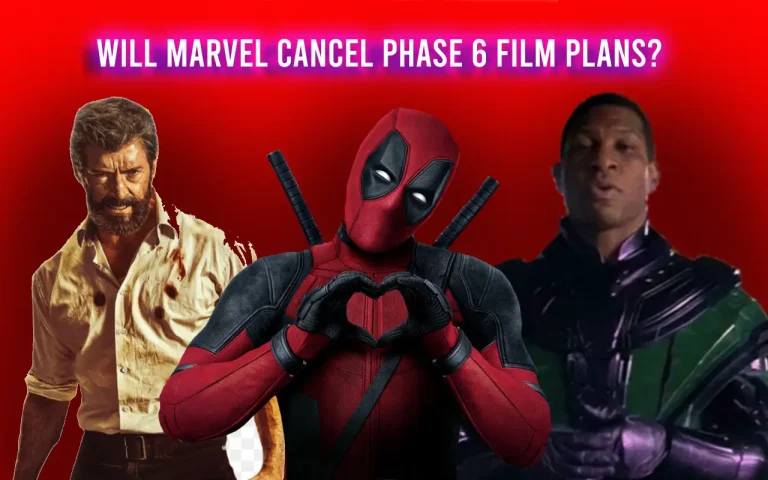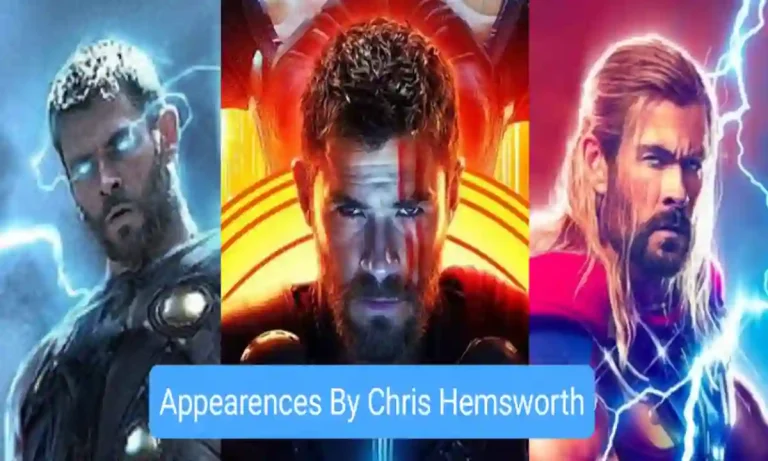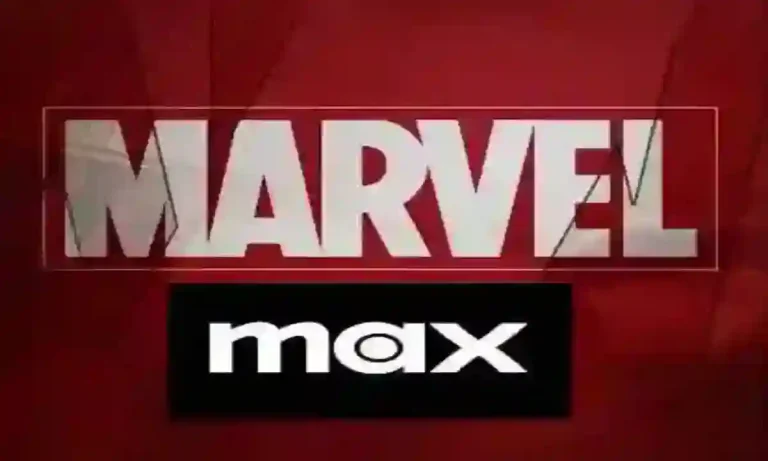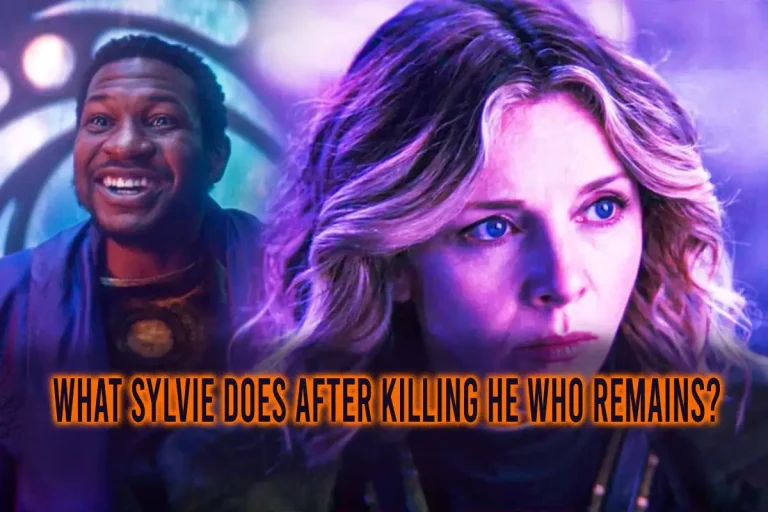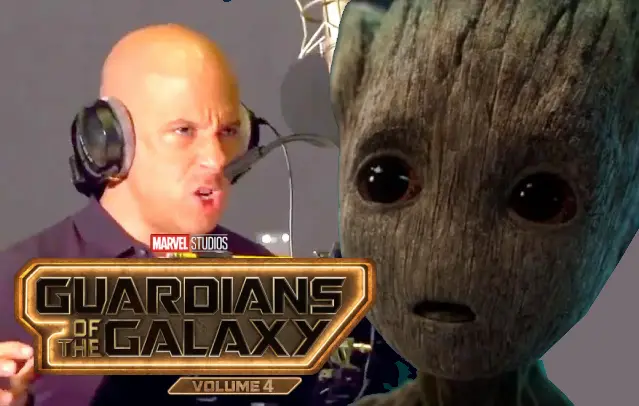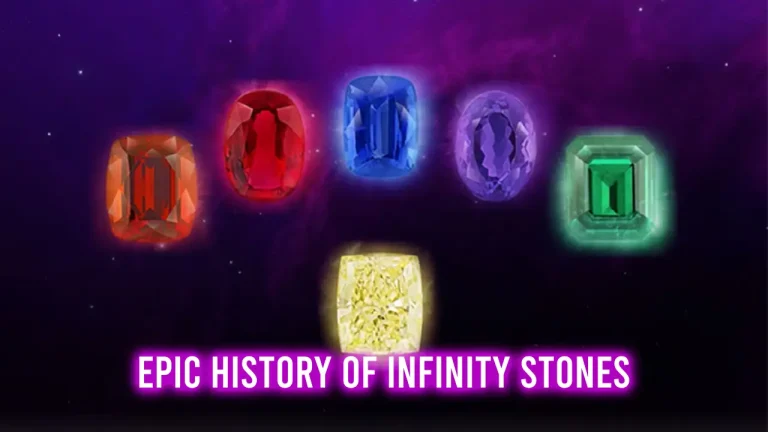10 Unused MCU Costume Concepts That Were Better Than The Final designs
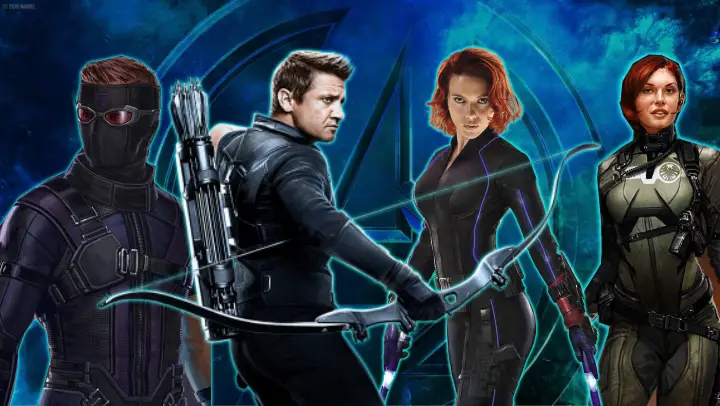
The Marvel Cinematic Universe (MCU) has introduced numerous iconic outfits for its characters, yet there exist unused concepts that might have surpassed the chosen designs.
SUMMARY
- Certain rejected costume designs within the Marvel Cinematic Universe were deemed superior to the ones that ultimately appeared on the screen.
- Instances encompass a more sophisticated mechanical form for Arnim Zola, a formidable MegaUltron formed from Ultron Drones, and an enhanced concept for Gorr in Thor: Love and Thunder.
- Concept art reveals possible visual interpretations for M.O.D.O.K., Green Goblin, Skrulls, Black Panther (T’Chaka), Malekith, Dormammu, and Baron Wolfgang Von Strucker.
The Marvel Cinematic Universe has continuously improved its skill in translating renowned superhero and supervillain outfits from the panels of Marvel Comics to the big screen. However, there are a handful of discarded concepts that, arguably, could have outshone the final on-screen interpretations.
The MCU commenced impressively with the 2008 release of Iron Man, staying true to numerous iterations of Tony Stark’s armor. As the journey progressed, characters like Captain America and Thor were treated to meticulous adaptations of their beloved and classic attires.
Several MCU characters who strayed from strict faithfulness to their comic counterparts have also achieved significant success. Take, for instance, the portrayal of the Vulture in “Spider-Man: Homecoming,” transforming a historically less serious ensemble into one of the most impressive supervillain outfits within the MCU.
Nevertheless, for every attire showcased in a Marvel film or series, countless others are meticulously crafted but ultimately remain confined to the conceptual stage. While this practice frequently proves beneficial, certain dismissed MCU costume concepts appear more captivating compared to the choices that ultimately prevailed.
Contents
10. Arnim Zola
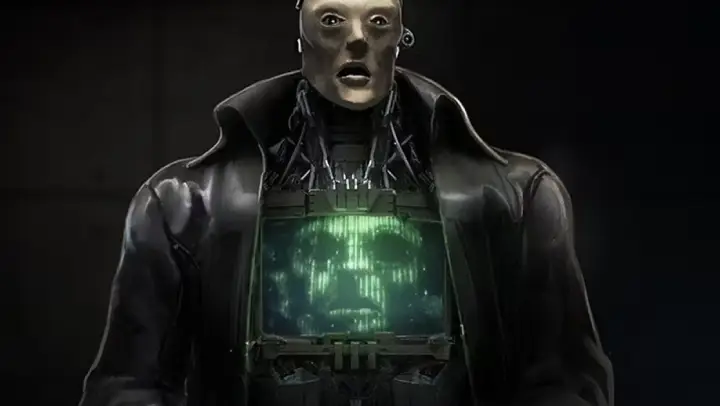
Hydra scientist Arnim Zola was first introduced in “Captain America: The First Avenger.” In that film, it was reasonable for him to be depicted in his natural, human state. However, those familiar with Marvel Comics are aware that, in contemporary contexts, Zola persists as a digital entity residing within a mechanical form after transferring his consciousness before his corporeal demise. This potential development was hinted at when he materialized across a sequence of computers in “Captain America: The Winter Soldier.” Interestingly, an even more faithful adaptation nearly materialized within the MCU.
Visual designs for Ant-Man depict Zola in a highly sophisticated and faithful rendition of his comic book-inspired robotic form. The exact manner in which the antagonist would have been integrated into Scott Lang’s inaugural film remains uncertain. Nonetheless, the new design surpasses the previous depiction of Zola as a digital visage on a computer screen, as seen in The Winter Soldier. Zola’s unconventional appearance is effectively harmonized in this design, striking the perfect equilibrium between exaggeratedly whimsical characteristics and an air of threat.
9. MegaUltron
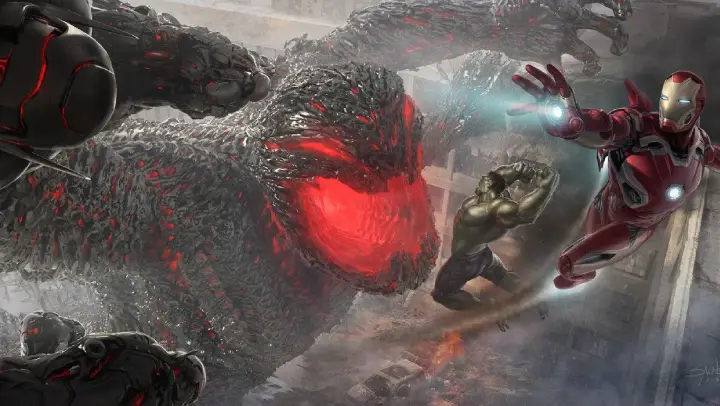
Initial previews for Avengers: Age of Ultron showcased the main antagonist as a horrifying entity drawn directly from a chilling narrative. Nevertheless, the ultimate rendition encompassed significantly more comedic elements and notably reduced levels of peril compared to its initial impression. While Ultron’s visual conception remains satisfactory, conceptual artwork reveals that the film’s culmination nearly provided an authentically menacing ultimate embodiment for the character.
This artistic portrayal depicts numerous Ultron Drones converging to form a colossal, Godzilla-sized Ultron entity. The precise integration of this concept within the film’s narrative remains uncertain; however, it might have supplanted Ultron’s strategy of utilizing a Sokovian city as an engineered meteor to extinguish organic life on the planet. While the visual impact is remarkable, the potential challenge lies in the diminished capacity for less superpowered heroes such as Captain America, Black Widow, and Hawkeye to make substantial contributions.
8. Gorr The God Butcher
Christian Bale’s Gorr in Thor: Love and Thunder was great, despite the character’s underdevelopment compared to the comics. The MCU’s Gorr also had a complete visual makeover, differing from the more alien and unclothed look in the original source material.
Artist Aleksi Briclot shared concept art for Gorr that blends the alien comic look with Bale’s humanoid portrayal. The design features pale armor with black accents, and smaller head tentacles maintain Gorr’s non-human appearance while keeping expressive facial features. Amid larger issues in Love and Thunder, a design like this could have been an improvement.
7. M.O.D.O.K.
Undoubtedly, MODOK’s appearance in live-action was never meant to be “conventional” or “stylish.” His intentionally odd look, featuring a massive head above a small body on a hovering chair, perfectly encapsulates the whimsicality of comic books. Nevertheless, MODOK’s portrayal in Ant-Man and the Wasp: Quantumania garnered mixed reactions. Aleksi Briclot’s concept art slightly adjusts MODOK’s proportions for a touch more normalcy, while also refining Cross’ facial features for better visual impact on the cinematic scale.
6. Green Goblin
Willem Dafoe’s Green Goblin became iconic in Sam Raimi’s Spider-Man, but his metallic suit hasn’t aged as gracefully as newer, comic-accurate costumes. In Spider-Man: No Way Home, Norman adapts his MCU appearance from the classic movie helmet to a more comic-inspired look. Initially, concept art explored an even more goblin-like appearance.
In No Way Home, Norman Osborn’s torn hoodie matched Marvel Comics style, while Green Goblin concept art imagined a goblin-like mask using a Dark Elf mask from Thor: The Dark World. In Spider-Man: No Way Home: The Art of the Movie, it’s mentioned that Norman would have obtained the mask from Damage Control, a superhero cleanup group.
5. Skrulls
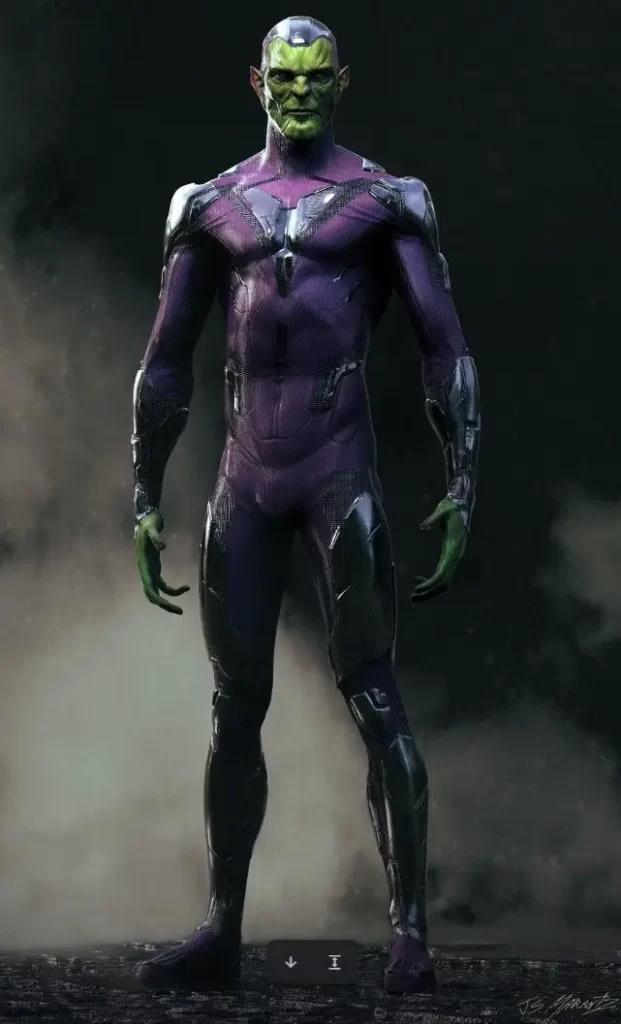
In Captain Marvel, Skrulls arrived in the MCU with adapted faces and skin, though their clothing lacked vibrancy. Concept art by Jarad Marantz revealed a bright purple outfit that nods to their comic attire. The film’s textured look is fitting, but this design could have been a fun Marvel Comics Easter egg.
4. Black Panther (T’Chaka)
Black Panther’s MCU suits have been impressive, yet none have acknowledged the classic Marvel Comics appearance. In the Black Panther movie, King T’Chaka’s flashback suit differs noticeably from T’Challa’s. Notably, it included a patterned sash. Concept art by Andy Park, Marvel Studios’ Director of Visual Development, unveils that T’Chaka nearly had the iconic collared cape of Black Panther. While unsuitable for action scenes, it could have been a perfect touch for a brief flashback.
3. Malekith
Malekith, a potent and iconic Thor villain in Marvel Comics, differed significantly in the MCU, losing his recognizable traits. Portrayed by skilled actor Christopher Eccleston, MCU’s Malekith was visually unimposing and stuck to a clichéd villainous plot. Throughout the movie, his white skin and hair lacked visual depth until a climactic burn echoed his two-toned comic look. MCU artist Andy Park revealed concept art depicting a more comic-faithful and menacing Malekith.
2. Dormammu
In Doctor Strange’s initial MCU outing, he confronted Dormammu, the Dark Dimension’s ruler. Dormammu’s ethereal abilities translated to a shimmering, rippling face design. While effective, concept artist Jerad Marantz’s Instagram post unveiled an alternate design bridging Dormammu’s enigmatic form with his humanoid appearance in Marvel Comics. With Doctor Strange in the Multiverse of Madness hinting at revisiting the Dark Dimension, a traditional Dormammu look might still emerge in the MCU.
1. Baron Wolfgang Von Strucker
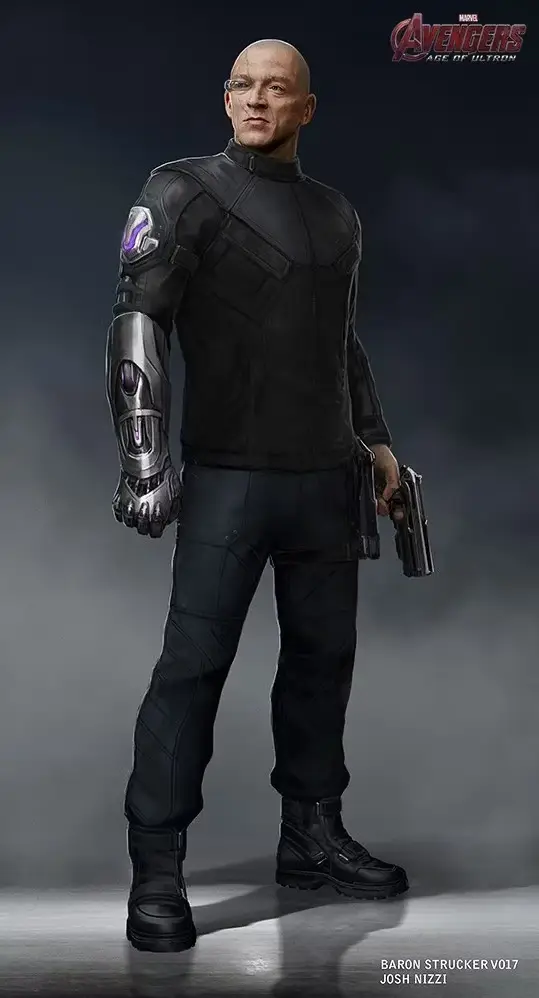
Avengers: Age of Ultron introduced several villains, with one easily overlooked despite being a Marvel Comics staple. Baron Strucker briefly surfaces as the Hydra leader, conducting experiments on Wanda and Pietro Maximoff, only to meet a swift end early in the movie. Josh Nizzi’s concept art reveals Strucker’s distinctive “Satan Claw” gauntlet, granting super strength and versatile weaponry. Its omission might be linked to its resemblance to Klaue’s gauntlet, which emerged later in the MCU.

